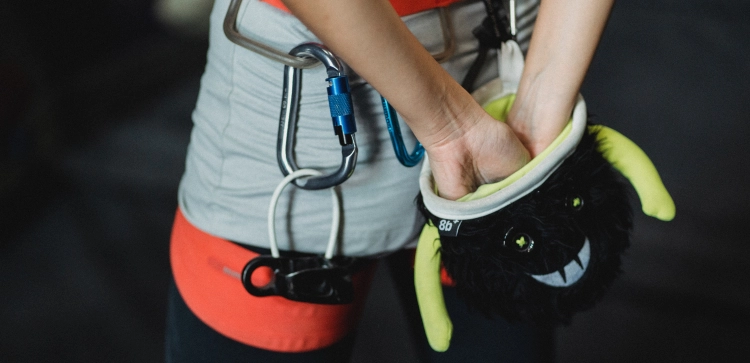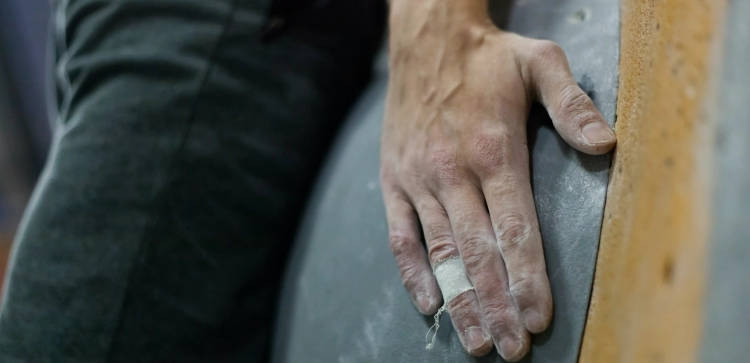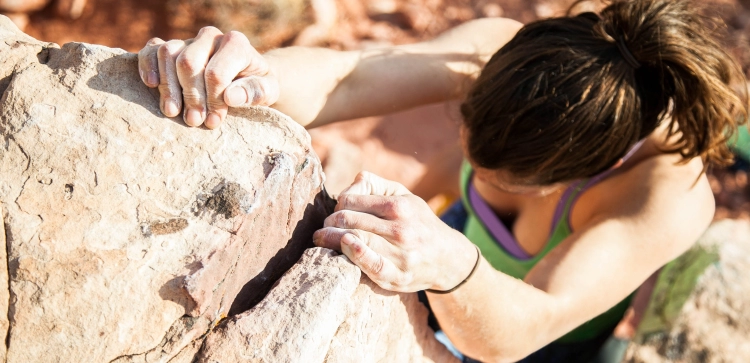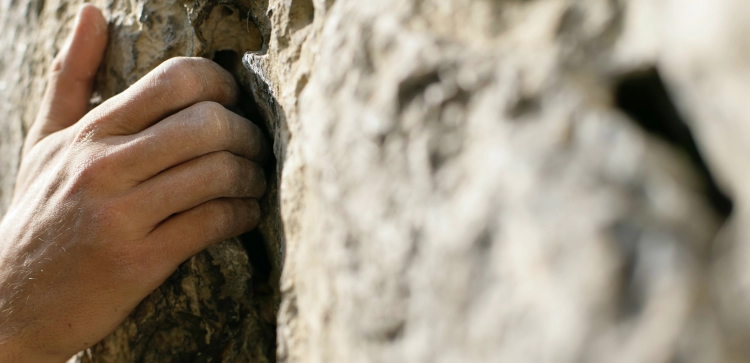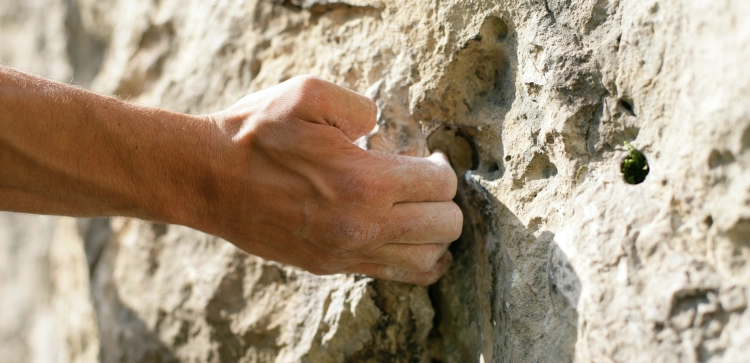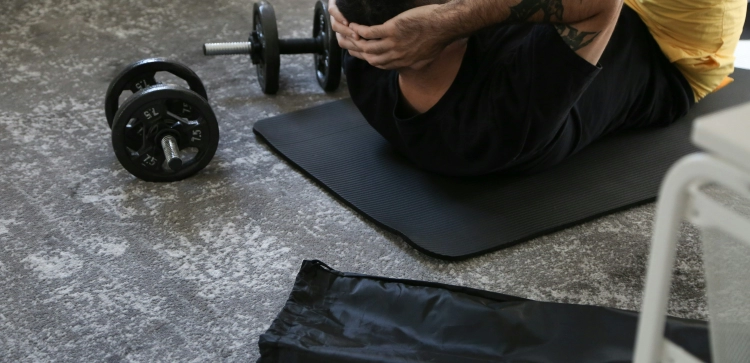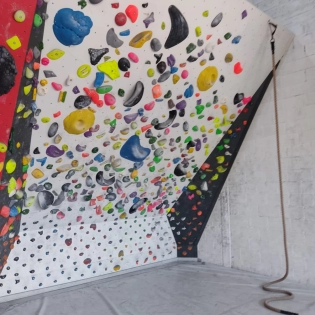How Can You Improve Grip Endurance For Longer Climbs?

Climbing longer routes and taking on extended climbs requires not only physical strength but also exceptional grip endurance. A solid grip ensures that you can cling to holds, make precise movements, and navigate complex terrain without tiring out too early. In this short guide, we'll explore strategies, exercises, and techniques to help you build and sustain grip endurance, so you can take on longer climbs without getting pumped early on.
The Importance of Grip Endurance
Before we delve into training methods, let's understand why grip endurance is crucial for climbing success, especially on longer routes:
Reduced Fatigue
Improved grip endurance allows you to maintain a secure hold on holds and reduce the strain on your fingers and forearms, delaying the onset of fatigue and delaying being pumped.
Precise Movements
Endurance in your grip enables precise movements, crucial for navigating intricate sequences on extended climbs. A lack of endurance can reduce your ability to place your hands precisely, and it can reduce your ability to bump or fix your grip in case you miss the better part of the hold.
Confidence Boost
Knowing you have the endurance to sustain your grip gives you the mental edge needed to take on challenging climbs with confidence. It allows you to make better decisions on the route and to stay in control rather than making each move desperately. Having this confidence also helps with reducing fear and anxiety while climbing high.
Building Grip Endurance Through Training
Here are some effective exercises and training routines to help improve your grip endurance:
Hangboarding
Hangboarding involves holding yourself from a small board with various holds. Focus on longer hangs and gradually increase the duration to build endurance. Adding weight can also help build power and endurance, but be careful to not push your fingers too far, as hangboarding too soon in your climbing journey or not resting enough is a common cause of injury for climbers.
Climbing Volume
Incorporate longer climbing sessions into your training regimen to simulate the demands of the longer routes you want to climb.
Repeat Climbs
Select a moderate-level route and climb it multiple times in a row. This mimics the demands of a longer route and helps build endurance. Don't choose a route that is too hard, the goal isn't hard climbing, it's climbing for a long period of time with little to no rest, so choose something that you can do that on, but make sure it's not too easy otherwise it won't give you the endurance training you are looking for.
Interval Training
Alternate between high-intensity climbing and rest periods to improve both strength and endurance. Training endurance alone will reduce the balance between strength and endurance, just like training strength alone will cause a lack of endurance.
Mental Techniques for Sustaining Grip Strength
While physical training is essential, mental strategies can also help conserve grip strength:
Efficient Rest Positions
Identify comfortable and efficient rest positions on the wall to momentarily release your grip and reduce fatigue. It's best to be aware of these rest spots before actually climbing the route, so planning your route is important for this one.
Controlled Breathing
Deep, controlled breaths can help relax your forearms and reduce the buildup of lactic acid. It may be difficult but try to remember to breathe while climbing, the effects this has can be very noticeable
Visualize Success
Mental visualization can boost confidence and reduce anxiety, helping you maintain your grip under pressure. Knowing what to do on the route and having a plan can help reduce mistakes that can cause you to waste precious energy and stamina, resulting in faster fatigue and getting pumped much sooner.
Conclusion
Building grip endurance is a vital aspect of climbing, especially if you aspire to climb longer and more challenging routes. With a combination of targeted training exercises, mental strategies, and dedication to your climbing journey, you can develop the grip endurance needed to tackle even the most demanding climbs.
Remember that progress takes time, so be patient with yourself and stay committed to your training. As your grip endurance improves, you'll find yourself pushing your climbing limits and enjoying longer climbs with ease.

